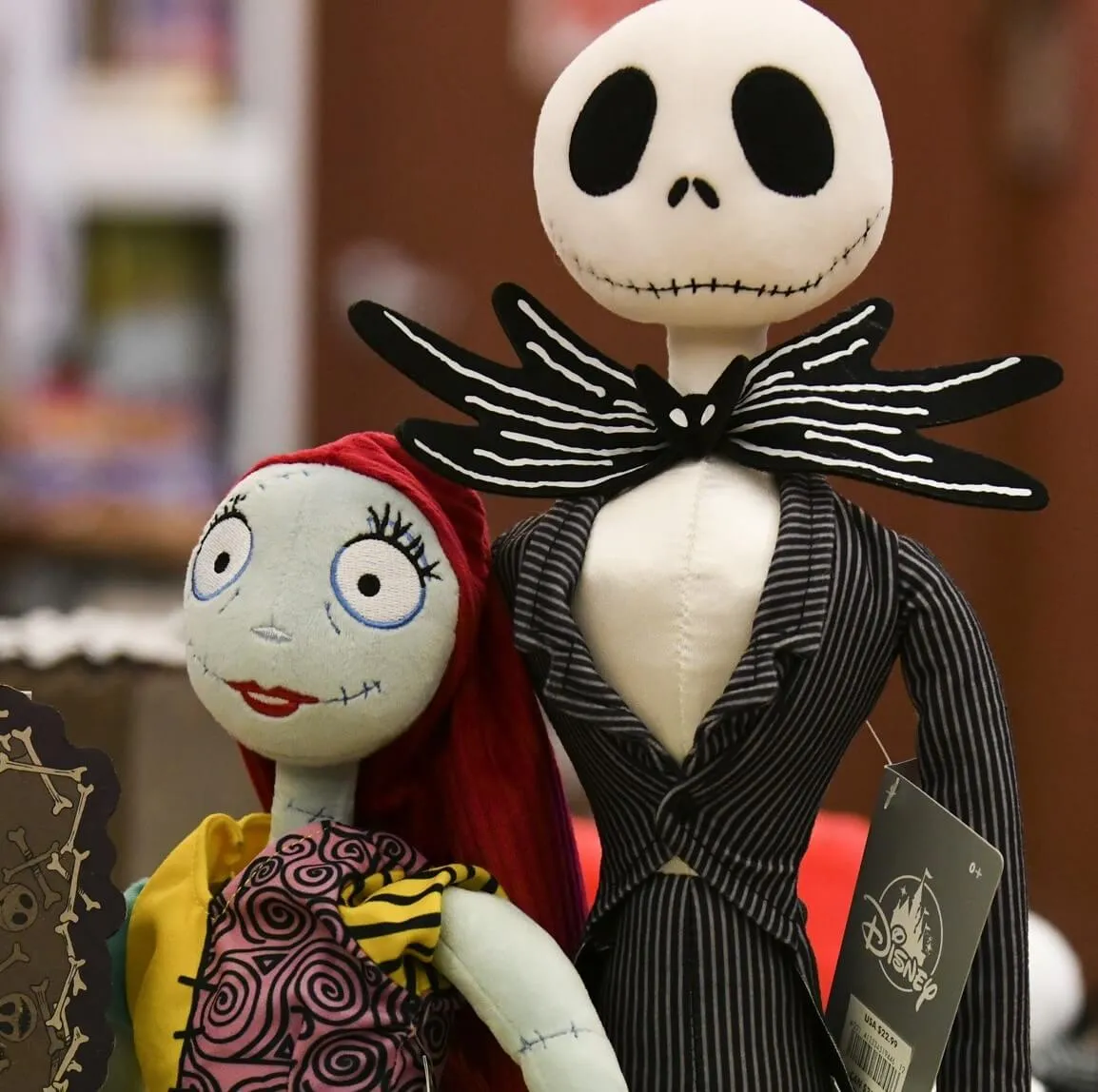
Why ‘The Nightmare Before Christmas’ Is For Halloween, Not Christmas
One of the only movies that is popular during both Halloween and Christmas is Tim Burton’s The Nightmare Before Christmas. While the film’s plot deals with both holidays, the movie is meant for Halloween. Here’s why the movie will remain an awkward fit for the Yuletide season forevermore.
‘The Nightmare Before Christmas’ loves Halloween more than it loves Christmas
When fans think of The Nightmare Before Christmas, they think of the residents of Halloween Town, such as Jack Skellington, Sally, and Oggie Boogie. Santa Claus (or Sandy Claws, as Jack calls him) takes a back seat in the storyline. He’s less of a character in the movie and more of a plot device.
Furthermore, the movie seems to have more love for Halloween than for Christmas. The Pumpkin King is portrayed in a loving light. Meanwhile, Santa is righteously ticked off for getting mistreated, but he’s still a grump. Whereas most children’s Christmas films treat Santa as the secular saint that he is, this movie doesn’t seem to have much affection for Jolly Old Saint Nicholas.
The film’s moral revolves around Halloween
Beyond that, Jack’s character arc revolves around him learning to love what he has: his role in Halloween Town. In that regard, the film isn’t that different from The Wizard of Oz and its moral that “there’s no place like home.” The film’s heart lies in Halloween rather than any other holiday.
The film’s innovations are also in Halloween Town. The reason people love The Nightmare Before Christmas so much isn’t just because of its story or its characters. It’s because of its unusual Burton aesthetics. To create Halloween Town, Burton, and director Henry Selick combined elements of traditional stop-motion animation and the German Expressionist art style exemplified by the horror classic The Cabinet of Dr. Caligari. Christmas Town is pretty, but it just doesn’t have the same novelty.
Disney was not in love with ‘The Nightmare Before Christmas’
A 2023 article from Oscars.org noted that Disney was worried The Nightmare Before Christmas was too frightening for children. “There’s nothing really scary about the film,” objected Selick. “Some of the characters might look grotesque, but except for Oogie Boogie, they’re all good-hearted. And when Halloween Town tries to make presents for Christmas, they’re doing their best!”
Still, Disney decided to keep the movie at arm’s length. “It was never going to be released as a Disney film, because they thought it could damage the brand,” he said. “So, they had a subsidiary label, Touchstone Pictures, and released it as a Touchstone film.”
The Nightmare Before Christmas fittingly became a touchstone. “It slowly but surely turned into this cultural phenomenon,” he says. “Disney didn’t know what they had, but eventually they figured it out.”
The movie’s director was surprised. “Its cultural legacy, I couldn’t have predicted it,” Selick added. “It struck the right balance of being very original and being done in stop motion. And I think a film done well in stop-motion animation leaves its mark. I’m grateful that it lives on, and I suspect it’ll be around for decades to come.”
The Nightmare Before Christmas will be around for decades to come — even if people are watching in December when they should watch it in October.


